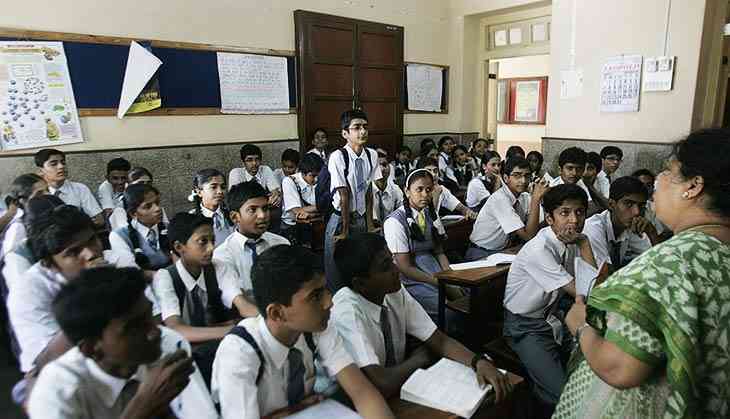
Parents, teachers, guardians of young children, and children themselves were still coming to terms with the spate of child deaths linked to the Blue Whale game, when two incidents of horrific lapses in school safety in the National Capital Region sent all of us into a shock.
The alleged murder of a child in a Gurugram school was followed by a case of brutal sexual assault on a 5-year-old girl inside a classroom in a Delhi school. However, while these cases are horrific in nature, they are just the tip of the iceberg.
Understanding abuse
Indians, like most people worldwide, seem to believe that it's only girls who are abused. As the Gurugram case shows, this is not the case -- boys too are targeted by sexual predators.
A 2007 study by the Union Ministry of Women and Child Development (MWCD) showed that 53% of children surveyed reported having faced some form of sexual abuse, with boys proving to be as vulnerable to abuse as girls.
We must also not make the mistake of portraying all support staff, such as drivers, conductors and peons, with the same brush. Characterising them uniformly as villains who abuse and harm children will not help the situation. Let's not brand a specific set of people and put labels on them.
The data on child abuse and violence against children is crystal clear. In most cases, children are abused by members and friends of the family. The threat to a child is from all quarters, and therefore they can be protected only when there is a sense of shared responsibility with regard to children's saftey. We must also, of course, make these recent cases an example by holding the guilty schools and persons responsible.
Need for compulsory safety standards
Both these incidents highlight, in a thick shade of red, the lack of implementation of safety and security norms in schools. These must be treated as a wakeup call for government and schools, who must apply comprehensive safety norms and ensure their implementation.
At present, there are no uniform norms and standards for comprehensive school safety. The Union Ministry of Human Resource Development does have an extensive set of guidelines that touches upon aspects of physical safety like boundary walls, paved roads, quality of construction, and separate toilets for boys, girls, and adults, disasters readiness in case of fire, earthquake etc.
However, as far as the safety of children from non-physical aspects like quality and track record of schools' teaching and non-teaching staff is concerned, the guidelines are not specific. And, because the guidelines are not mandatory, it is up to individual schools to decide whether they want to follow them comprehensively or selectively.
This lack of compulsion is why we keep seeing the recurrence of horrific cases of child rapes and murders even in schools considered to be ‘posh’.
For prevention, reporting and responding, policy and guidelines on school safety, which exist but are not being implemented, must be institutionalised. It's important that a uniform School Safety Policy that includes awareness, prevention, and reporting structures with an accountability matrix is made urgently. This will ensure schools can be held responsible in cases such as the recent ones.
The national and state commission for protection of child rights is mandated under law to ensure the safety of children inside schools.
A safe path forward
On average, a child spends nearly seven hours every day at school, away from home, but in an environment that is meant to be protective and nurturing. For many parents, their child’s school is often a matter of pride. We have all heard people say, “I couldn’t take care of my children the way their school does”. This is especially heard in the cases of little children, usually below the age of ten years.
Schools that evoke such admiration lay a great emphasis on child safety norms and focus on the triangular relationship between children, school staff (including non-teaching), and parents.
They realise that it is important that the parents and school management have regular dialogue, not restricted to parents-teacher meetings and brief chance encounters.
One of the ways in which parents can play a proactive part in ensuring their children’s school follows strict practices like segregation of children’s areas, and the presence of female teaching and non-teaching staff for example, is by asking the school to conduct regular School Safety Audits.
Similarly, parents’ associations can insist on the school having a robust recruitment process which follows stringent background checks and police verification for all staff and associates (even part-time and contractual).
Equally importantly, schools must educate children and adults on safety, protection and encourage them to speak up. Awareness generation is acutely needed on safety and protection, not only among the teachers but all support staff and associates.
(Prabhat Kumar is the General Manager, Child Protection, of Save the Children in India. Save the Children works in over 20 states of India and 120 countries around the world. For more information, please visit www.savethechildren.in)


